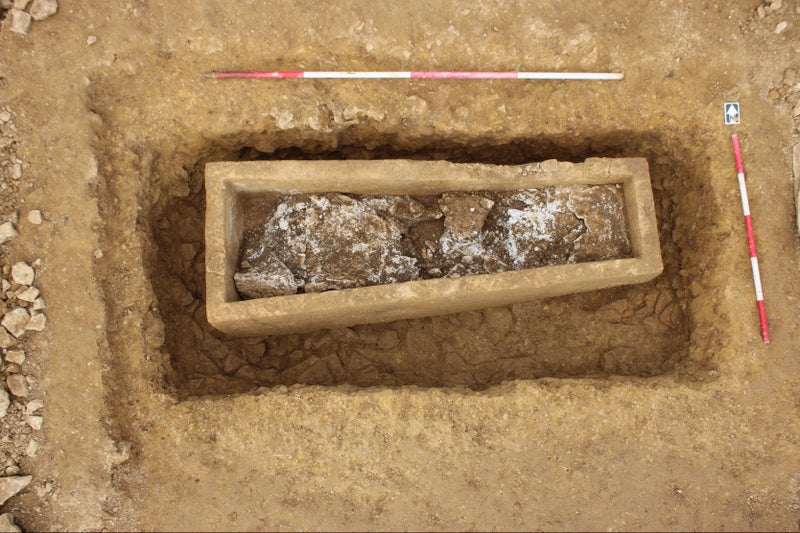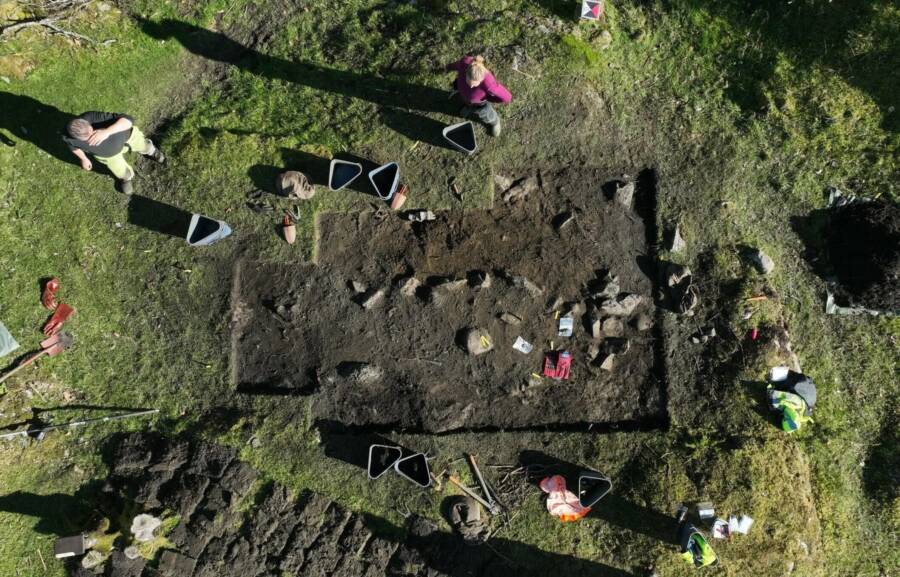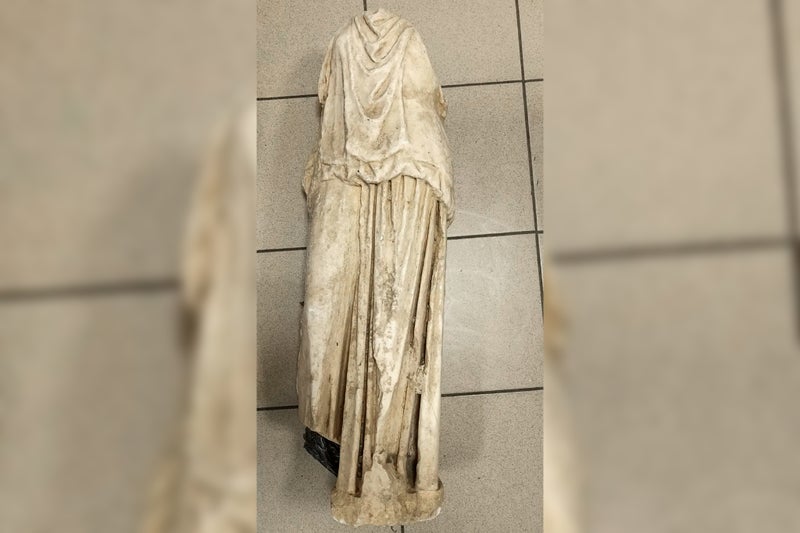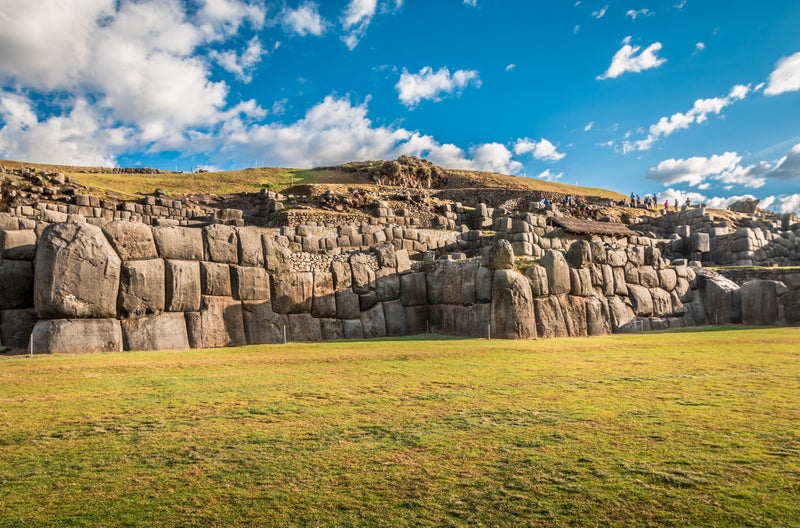Strange ‘liquid’ burial unearthed in England reveals secrets of Roman elite
Share:
Burial made by pouring liquid gypsum over deceased individuals. Archaeologists have uncovered a Roman-era cemetery in England with the unique burial of a “high-status individual” encased in liquid gypsum at its centre. Researchers found that the central grave contained a stone coffin carved from a single solid block of limestone.
![[Glass vessel found buried near coffin]](https://static.independent.co.uk/2025/01/22/03/WASU-SF41606-GlassVessel-2048x1365.jpg)
The burial in this grave was encased in gypsum before capping stones were placed on the coffin, they say. This type of burial was made by pouring liquid gypsum over deceased individuals which then set to form a hard cast. “For reasons archaeologists do not entirely understand, the Romans sometimes poured liquid gypsum – a mineral used in making various types of cement and plaster – over the clothed bodies of adults and children in lead or stone coffins before burying them,” archaeologists from the University of York said.
![[Another grave found with silver earrings, copper alloy bracelets, copper alloy rings]](https://static.independent.co.uk/2025/01/22/03/Treasure-700x467.jpg)
The method preserves some imprints of the individual by moulding around them, and is usually associated with prominent urban centres, but is rarely found in rural Roman Britain, scientists say. It is thought to indicate a high-status burial with analysis of gypsum casts from a previous excavation in York revealing traces of expensive oils and perfumes.
The cemetery dating to the Roman era between 42 AD and 410 AD was uncovered ahead of construction work to widen a highway in Cambridgeshire. Archaeologists found impressions of the shroud the elite individual was buried in as well as a piece of the fabric preserved in fragments of gypsum.






















